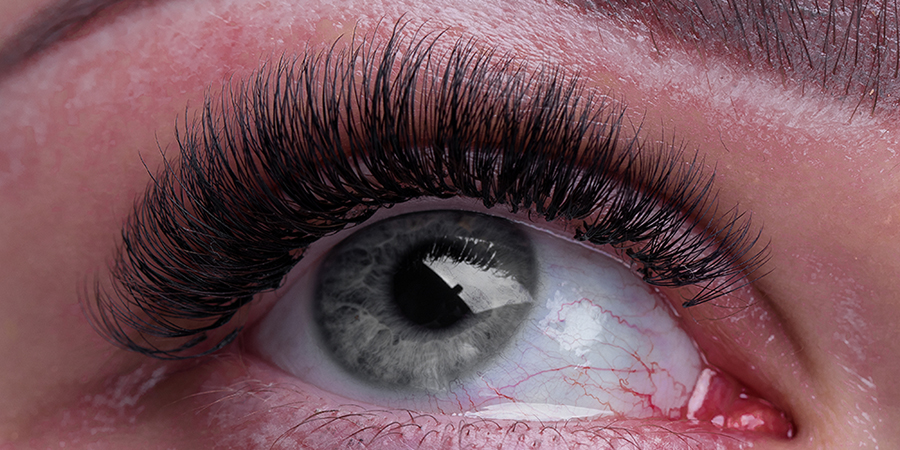- CORNEA TRANSPLANT
Understanding the Cornea: What It Is, Why Problems Happen, and How It Affects You

What is the Cornea?
The cornea is the transparent, dome-shaped layer that covers the front of your eye. It acts like a lens, focusing light rays onto the retina, which is the part of your eye that sends visual information to your brain. The cornea also serves as a protective barrier against dirt, germs, and other particles, and it helps filter out some of the sun’s harmful ultraviolet (UV) rays.
Why Do Cornea Problems Happen?
Issues with the cornea can arise due to various reasons:
- Infections: Bacterial, viral, or fungal infections can lead to conditions like keratitis, causing inflammation and damage.
- Injuries: Scratches, cuts, or burns from accidents or foreign objects can harm the cornea.
- Diseases: Conditions like keratoconus, where the cornea thins and bulges outward, can distort vision.
- Genetic Disorders: Some corneal problems can be inherited, such as Fuchs’ dystrophy.
- Aging: As we age, the cornea can become less clear, and conditions like cataracts may also impact corneal health.
- Surgery Complications: Previous eye surgeries can sometimes lead to corneal problems.
What Does Cornea Damage Look and Feel Like?
When the cornea is damaged or diseased, you might experience several symptoms:
- Blurred or Distorted Vision: Your sight may become cloudy or unfocused.
- Pain or Discomfort: You might feel pain, a gritty sensation, or the feeling that something is in your eye.
- Redness and Swelling: The eye can appear red and swollen.
- Sensitivity to Light: You may become more sensitive to bright lights or glare.
- Tearing: Excessive tearing or watery eyes can occur.
- Halos or Glare: You might see halos around lights, especially at night.
Welcome to Purnima Netralaya, Jamshedpur, where we specialize in restoring vision through advanced cornea transplant surgery. Our team of expert surgeons and cornea specialists use the latest techniques and technology to perform cornea transplants, helping to restore your vision and improve your quality of life.
Cornea Transplant Surgery Overview :
Cornea transplant surgery, also known as keratoplasty or a corneal graft, is recommended for patients with severe corneal damage. This surgery can significantly improve sight, relieve pain, and treat severe infections or injuries to the cornea.
What to Expect During Cornea Transplant Surgery :
During the procedure, our surgeon will remove a circular piece of the damaged cornea from the center of your eye using a precise cutting instrument called a trephine. The damaged cornea is then replaced with a donated cornea. The surgery typically takes less than an hour. If the procedure involves transplanting the outer cornea, the new cornea is secured with stitches that usually remain in place for more than 12 months.
Recovery and Aftercare :
Most patients can return to work within two to three weeks if their job does not require physical strain. For those with manual labor jobs, the return to work may take three to four months. Your vision will gradually improve over the course of a year following the surgery. However, you may need glasses or contact lenses afterward, as the curvature of the transplanted cornea may not match your natural cornea’s curve.
Types of Cornea Transplant Surgery :
Our surgeons are experienced in both traditional penetrating keratoplasty and newer, minimally invasive procedures. During your consultation, we will determine which type of surgery best suits your needs.
Our Commitment to You : At Purnima Netralaya, we are dedicated to providing the highest quality of care and treatment. We recognize that each patient’s needs are unique, and we will work with you to develop a personalized treatment plan tailored to your specific requirements.
Cornea Services FAQ
The cornea is the clear, dome-shaped surface that covers the front of the eye. It plays a key role in focusing light onto the retina, helping you see clearly.
Common corneal conditions include infections (like keratitis), injuries, dry eye syndrome, corneal dystrophies, and keratoconus (a condition where the cornea thins and bulges outward)
Symptoms may include blurred or cloudy vision, eye pain, redness, excessive tearing, light sensitivity, and the feeling of something in the eye. If you experience any of these symptoms, it’s important to see an eye specialist.
Corneal conditions are diagnosed through a comprehensive eye examination, which may include visual acuity tests, corneal topography (mapping the surface of the cornea), and slit-lamp examination to look at the cornea in detail.
Treatment depends on the specific condition. Options may include prescription eye drops, antibiotics for infections, special contact lenses, or surgical procedures like corneal transplant or corneal cross-linking. Your eye doctor will recommend the best treatment based on your condition.
A corneal transplant is a surgical procedure where a damaged or diseased cornea is replaced with a clear, healthy donor cornea. This can restore vision, reduce pain, and improve the appearance of a damaged or diseased cornea.
Corneal transplants are generally safe and have a high success rate. However, like any surgery, there are risks, including infection, rejection of the donor cornea, and complications related to anesthesia. Your surgeon will discuss these risks with you before the procedure.
Corneal cross-linking is a procedure used to treat keratoconus and other corneal thinning conditions. It strengthens the cornea by creating new bonds between collagen fibers, stabilizing the cornea and preventing further deterioration.
Protecting your cornea involves wearing protective eyewear during activities that pose a risk to your eyes, avoiding contact with harmful substances, maintaining good hygiene to prevent infections, and managing underlying health conditions like diabetes or dry eye syndrome.
If you suspect a corneal injury, it’s important to seek immediate medical attention. Avoid rubbing your eyes, and do not attempt to remove any foreign objects yourself. An eye specialist can assess the injury and provide appropriate treatment.

